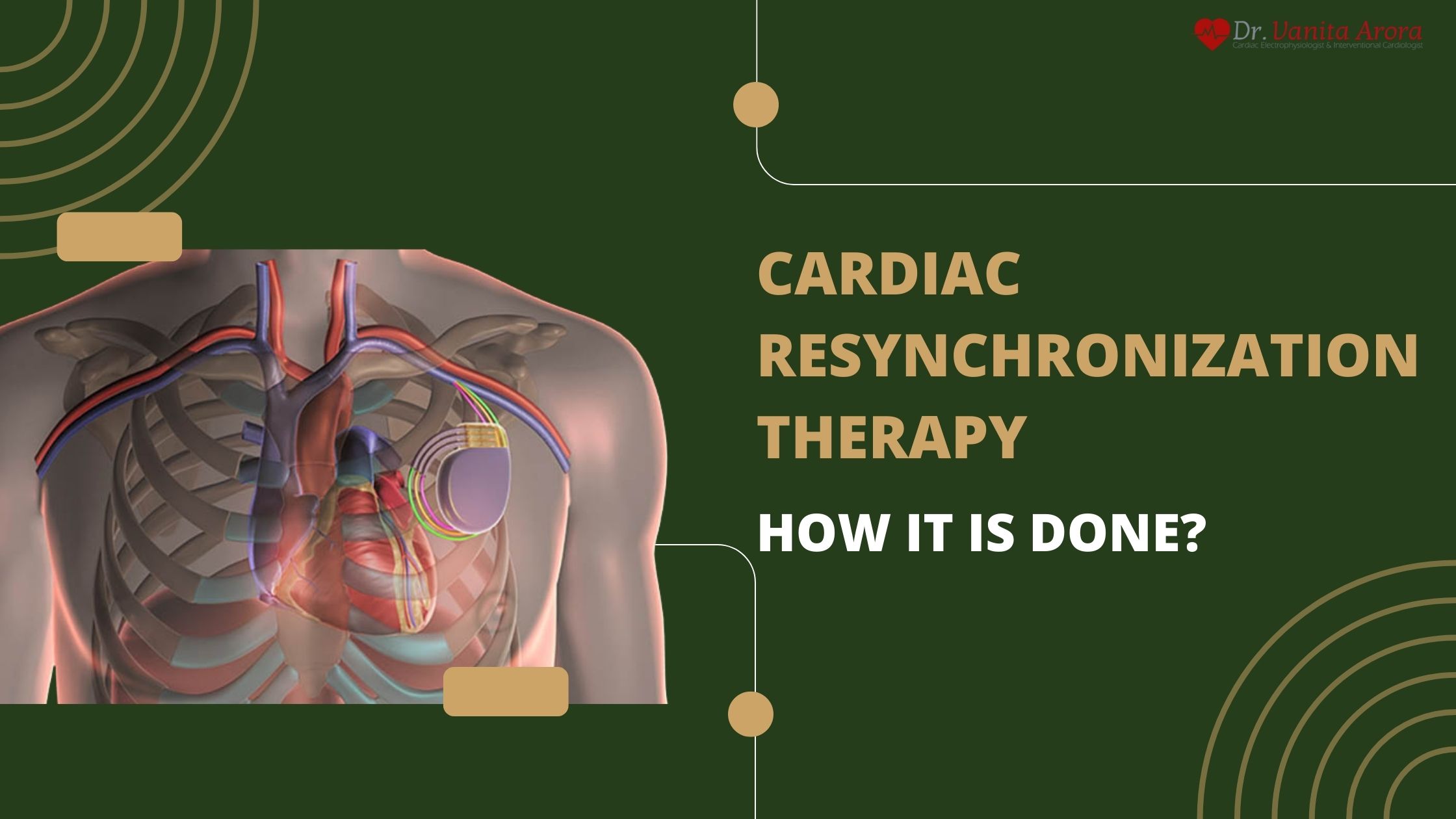
 July 26, 2022 | 3 minutes read time
July 26, 2022 | 3 minutes read time
The heart is a four-chambered, vital organ that pumps blood throughout the body. The upper chambers (atria) receive the blood from the veins while the lower chambers (ventricles) pump it through the arteries to the rest of our body.
What makes the heart pump?
The electrical system governs the contraction and relaxation of the atria and ventricles. This electrical impulse starts at the Sino-atrial (SA) node, located in the right atrium. The SA node is the heart’s natural pacemaker. The impulse then travels through the atria, atrioventricular (AV) node, and ventricles.
That’s how a normal electrical conduction system works. Dr. Vanita, a top cardiologist in the country, explains why and who may need cardiac resynchronization therapy (CRT).
In the endocardial CRT method:
It’s normal to feel slight discomfort in the first 48 hours. However, if the discomfort is accompanied by persistent pain, your cardiologist will address it. The patients are constantly observed via Holter monitor, telemetry monitor, telephone monitoring, and follow-up appointments even after being discharged.
Who Needs CRT?
The following individuals may require cardiac resynchronization therapy:
Only a cardiologist like Dr. Vanita can give you a formal diagnosis and recommend CRT if needed.
Promoted by Fix Me Digitally